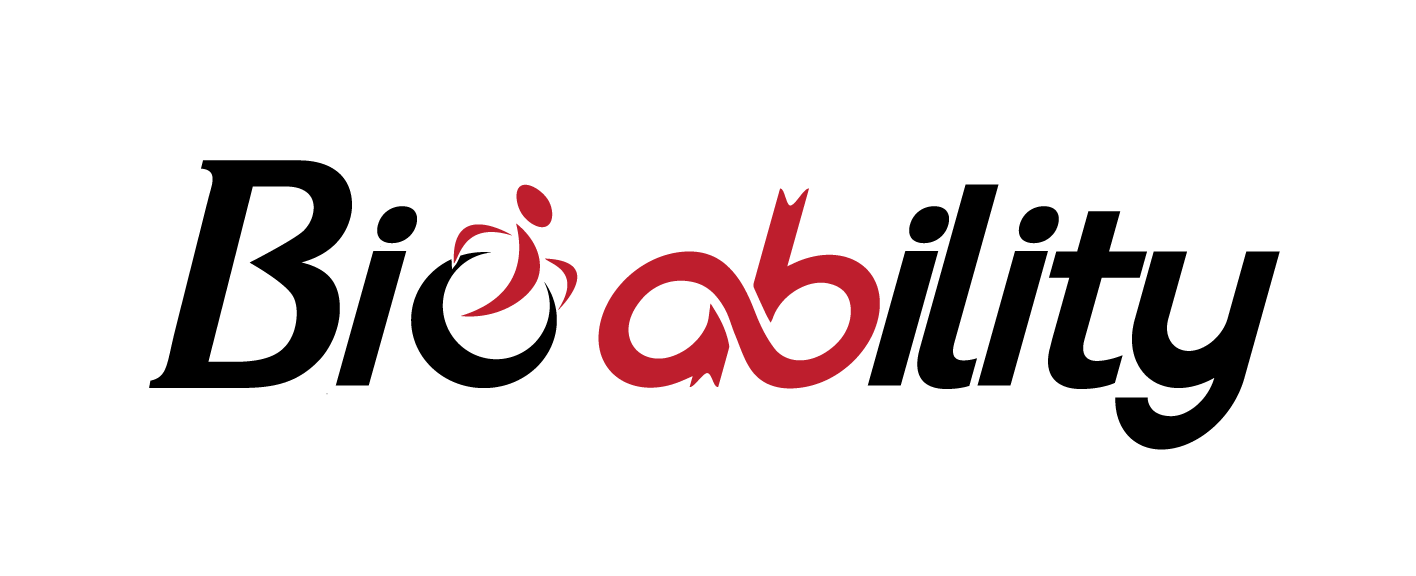August 1, 2023
The Ability Connection
Issue #11
Purple Heart Day is Aug. 7, 2023
Purple Heart Day is observed on Aug. 7 each year and is a time for Americans to remember and honor the brave men and women who were either wounded on the battlefield or paid the ultimate sacrifice with their lives. Purple Heart Day is also known as National Purple Heart Day, Purple Heart Recognition Day, and Purple Heart Appreciation Day. The Purple Heart has a long list of criteria for eligibility; but, in general, it may be awarded to members of the Armed Forces of the United States who have been wounded, killed in action, or have died or may die from wounds received in any action against the United States, action with an opposing armed force, the results of any hostile “foreign force” and many other situations where men and women in uniform may find themselves under attack.
In general, the Purple Heart is awarded for injuries sustained because of an enemy attack. Injuries sustained for other reasons not related to things “not caused by enemy agents” are generally not acceptable as grounds for receiving the Purple Heart, though friendly fire injuries do qualify as long as the friendly fire was intended for the enemy. The Purple Heart is now given to persons who are injured, wounded, or died while a prisoner of war (POW).
The purple heart is thought to be purple because it represents the blood of all those who have made sacrifices in war, but traditionally the color is thought to represent the courage of those who serve. The original color of the Badge of Military Merit was purple, so it is logical that when the Purple Heart was created to celebrate George Washington’s bicentennial, the original color of the medal he created would be used to honor his memory.
For anyone who knows me, they may know that my stepbrother was killed in action in Iraq and that Julie and I go every year to FL to play in the Joshua Watkins Memorial Tennis Tournament in his honor. I have the honor of having his Purple Heart to remember and honor him. For this reason, and coming from military families, veterans hold a very special part of our hearts here at Bio Ability. We especially honor those heroes today who have earned the Purple Heart. We would love to hear about any family or friends you have that have earned the Purple Heart so we can honor them as well. Reach out to me at dawn.koch@bio-ability.com if you would like to share a name, photo and/or story.
August is Spinal Muscular Atrophy Awareness Month
The month of August is recognized as Spinal Muscular Atrophy Awareness Month. It’s a time to spread awareness about this rare disease. According to the CDC, Spinal Muscular Atrophy (SMA) is a genetic disorder that affects approximately 1 out of every 10,000 people. Most cases occur when a segment of a gene called SMN1 is missing, resulting in the gene being unable to make protein. SMN1 is primarily responsible for making survival motor neuron (SMN) protein. This protein is required for maintaining normal, motor neuron function. Without enough of it, motor neurons will degenerate, causing progressive loss of controlled muscle movement. There are different levels of SMA severity. Typically, the earlier the onset of the disease, the more severe the symptoms. SMA can affect a baby’s ability to swallow, breathe, sit, and walk. Without early treatment, SMA can also result in premature death.
The American Congress of Obstetricians and Gynecologists (ACOG) now recommends that all women who are pregnant or considering pregnancy be offered both cystic fibrosis (CF) and spinal muscular atrophy (SMA) carrier screening. You may also be able to have genetic testing done. Ask your provider about the availability of these tests.
According to the Spinal Muscular Atrophy to the Clinical Research Center, the role of exercise in spinal muscular atrophy is to assist in improving flexibility, function, independence and quality of life. Limited evidence supports traditional strength training. Children with SMA can exercise by practicing the movements and tasks they want to perform throughout the day. We call this type of practice functional exercise. It can consist of any movement or position one would like to strengthen in order to improve their activities of daily living, for example rolling, reaching, sitting and maybe even walking. These activities are dependent on age, amount of neuromuscular involvement, and developmental stage. Although exercise is important, excessive exercising may cause over fatigue and damage. Check with your physical and occupational therapists to ensure you are performing appropriate types of exercise. Let us know at Bio Ability if we can help support you with any therapy/exercise goals.
What’s happening?
Bio Ability Update
Bio Gymnastics has moved into their new state-of-the-art facility. We are working hard to clean and update the space for Bio Ability. Any volunteers would be welcome and appreciated. You can sign up on the website under Get Involved, Volunteer, or reach out to us by phone. We will schedule an Open Gym soon so that family and friends can see our facility, come, play together, and see what we have to offer. Please contact Bio Ability at 470.560.3981 if you would like to volunteer or if you have any questions we can address.
Fall Offerings
We will be offering adaptive gymnastics and adaptive exercise classes as well as camps, caregiver night out and open gyms to start. We have an interest survey we are distributing to see what the needs and interests are in our community. Please complete the survey and don’t hesitate to reach if you have any questions or have a specific class need for a small group of family and friends that we can schedule for you.
Please go to this link to complete the survey. Interest Survey – BIO Ability (bio-ability.com)
Exercise of the Month: Spinal Musculature
The primary muscles in the back include the:
- latissimus dorsi (lats): below your armpits down the sides of your back
- rhomboids: in the mid-upper back
- trapezius (traps): run from your neck to your mid-back
- erector spinae: run along your spine
Here are a few exercises to get you started. These exercises all use an exercise band and you can do anywhere to promote a strong back.
- Lat Pulldown (Lats) – Attach a band up high. Sit facing the bands. Reach up to grab each end. Pull down toward your chest, bending your elbows and pointing them toward the floor. Engage your upper back and mid-back throughout the move. Keep your torso straight, and don’t allow yourself to lean back. Relax and let your arms go back up to release the tension in the band for 1 repetition. If it is too easy choose a darker band for more resistance or grab the band up higher to increase the resistance. Complete 3 sets of 10-12 repetitions.
- Band Pull Apart (Rhomboids) – Hold both ends of a short band out in front of you. Pull the band apart while squeezing your shoulder blades together in your back. Keep your shoulders down and arms parallel to the floor. Relax and bring your arms back in front of you for 1 repetition. If it is too easy choose a darker band for more resistance or grab the band with your hands closer together to increase the resistance. Complete 3 sets of 10-12 repetitions.
- Shoulder Shrug (Traps) – Hold each end of your band and step on the band in the middle. While holding the band, shrug your shoulders upward. Shrug up and down for 1 repetition. If it is too easy choose a darker band for more resistance or grab the band with your hands lower to increase the resistance. Complete 3 sets of 10-12 repetitions.
- Back Extension (Erector Spinae) – Hold each end of your band and step on the band in the middle. Bend at your hips and grab the band low to the ground. Extend at the hips to stand back up straight while holding the band. Bend and straighten for 1 repetition. If it is too easy choose a darker band for more resistance or grab the band with your hands lower to increase the resistance. Complete 3 sets of 10-12 repetitions.
Recipe of the Month: Cheesy Chickpea and Broccoli Bake
Ingredients
- 1 large bunch (about 1 pound) fresh broccoli, rinsed and cut into medium pieces (include tender parts of stems and leaves) or a 1-pound bag frozen broccoli florets (thawed)
- 1 15½-ounce can chickpeas, drained and rinsed
- 1 tablespoon olive oil
- Salt and black pepper to taste
- 1 cup shredded Gruyere, cheddar or vegan cheese
Directions
- Preheat oven to 400°F.
- If using fresh broccoli, lightly steam it first: Place raw broccoli pieces in a steamer basket inside a saucepan filled with 1 inch of water. Steam on medium heat for 5 minutes or until broccoli is just tender and bright green. Or, steam fresh broccoli in the microwave: Place raw broccoli pieces in a large microwave-safe dish or bowl with ½-inch water at bottom. Cover with a microwave-safe plate and microwave on high for 3 minutes or until just tender and bright green. Drain water.
- Toss steamed broccoli and chickpeas with olive oil. Place in a 9-by-9-inch baking pan.
- Add salt and black pepper to taste. Top evenly with grated cheese, then top evenly with breadcrumbs.
Nutrition Information
Serving Size 1.5 cup: Calories 340, Fat 15g, Carbs 34, Protein 19 g

